It has already been three months since I started working as a writer in April. I plan to continue writing articles that people will enjoy whenever I come across interesting topics. Some of you reading this might be thinking, “I’d like to write an article too!”
However, you may not know how to write an article or how to submit one properly.
So, in this article, I will explain how I usually write my column articles!
How to Write a Column Article
1. Find a Topic for Your Article
First, you need to find a topic for your article. As long as it’s related to music, you have the freedom to choose whatever you like on Sound & Person! The first article I ever wrote was about the Makita drill used in Mr. Big’s drill technique.
⇒ Explaining the Makita Drill Used by Mr. Big!
Even though this is a very niche topic, it’s perfectly fine as long as it relates to music! However, until you get used to it, I recommend looking for topics that are closer to you!
For example: “The instruments or equipment you regularly use”, “Your favorite artists or bands”, “Your own musical activities”, etc.
For this guide, I will explain by writing an article about an effects pedal I use regularly!
*Before writing your column, it’s a good idea to check past articles to ensure your topic hasn’t been covered already! If a similar column exists, try to write from a different perspective.
2. Create a Memo
If you try to start writing immediately, you might get stuck not knowing what to say.
I struggled at first with how to put my ideas into words.
There are many ways to approach writing, but the method that worked best for me was making a memo.
Write down the points you want to cover in bullet points, and then use that as a foundation for your article. It will make the writing process much easier.
Example: [Tentative Title] Introduction to My Favorite Effects Pedals
- Introducing the pedal
- Artists who use this pedal
- Why I use this pedal
- What I like about it
- My usual settings,
etc.
↑ This is how I create my memos!
3. Write a Short Column First
The submission guidelines mention a word count of at least 2000 characters.
This is about five pages of manuscript paper. That’s quite a lot!
For beginners, writing a 2000-character article from the start can be challenging. Instead, start with a short 100-character column.
If that’s difficult, even 30 characters will do!
The key is to get used to writing.
Example:
“This pedal is an overdrive pedal from [brand name].
It is well-known for being used by [artist name].
I use it because I wanted a distortion pedal with a warm tube-like tone.”
etc.
↑ I wrote this passage based on the memo I created earlier.
This short paragraph is about 100 characters (If you add actual product names and artist names, it will exceed 100 characters).
Writing short columns like this before diving into the full article will make things much smoother!
4. Write the Main Article
Using the short column you wrote earlier as a foundation, expand it into a full article. Adding more details will help enrich the content.
Example:
This pedal is an overdrive pedal known for its warm, tube-like distortion.
The pedal name is made by [manufacturer name], a Japanese company.
Since its release, many artists have used this pedal, and it is especially well-known for being used by [artist name] from [band name].
The reason I love this pedal is…”
↑ This is how you can structure your article.
Of course, if this alone reaches 2,000 characters, that’s great! However, in reality, hitting 2,000 characters can be quite challenging.
In such cases, rather than forcing yourself to stick to a single theme, try incorporating related topics to expand your article.
For example, you can introduce other effects pedals you use and turn the article into “Top 3 Recommended Effects Pedals.” If you own a similar pedal, compare them and write “A Thorough Comparison of Type Distortion Pedals”!
5. Prepare Images for the Column
You need to attach at least one image related to your column.
Nowadays, smartphone cameras have excellent quality, so a photo taken with your phone will be sufficient!
If you use images from the internet, make sure they are allowed for reproduction and commercial use.
*Unauthorized use of images can lead to trouble, so avoid it!
6. Finalizing the Column
Once you have your text and images ready, it’s time to compile your column.
Include the article title, body, and author information in the email.
If you have specific placement requests for images, indicate them clearly within the text.
Before submitting, check for typos and ensure it meets the submission guidelines.
(Sound House also accepts submissions in Word or rich text formats.)
7. Submitting the Column
Once your column is complete, submit it via email.
After submission, Sound House will send you an email regarding publication.
If your article is selected for publication, they will later send a screenshot of the article.
8. Checking the Screenshot
Sound House will edit your column for the web and send you a screenshot (a preview image of the article).
Review the screenshot, and if there are no issues, the column is complete!
9. Column Publication
After confirming the screenshot, your column will be published on the website!

Benefits of Writing as a Contributor
Share Your Passion with a Wider Audience!
Even if you write a column and post it on social media personally, it can be hard to reach many people unless you have a large following.
By contributing to Sound & Person, your article will be featured on Sound House’s website and social media, allowing more people to see it!
Promote Yourself!
Writing a column is also a great way to promote yourself!
If your article is engaging, it will attract more readers and give you the opportunity to introduce yourself to a larger audience!

Earn Points Usable at Sound House!
If your submitted column is published, you will receive points that can be used at Sound House! Use these points to shop at a discount!
Interested in Writing a Column?
If you’re interested in writing, why not give it a try?
⇒ Now Recruiting External Writers! Earn S-Points for Published Articles!
The “sound & person” column is made up of contributions from you.
For details about contributing, click here.











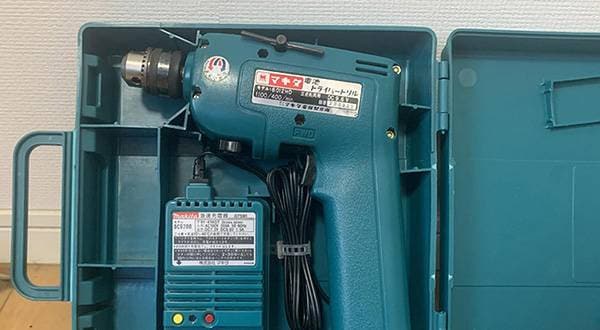
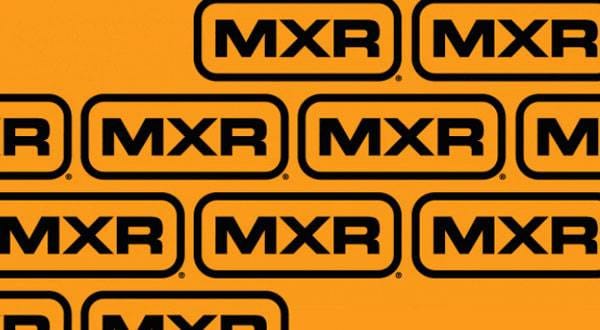
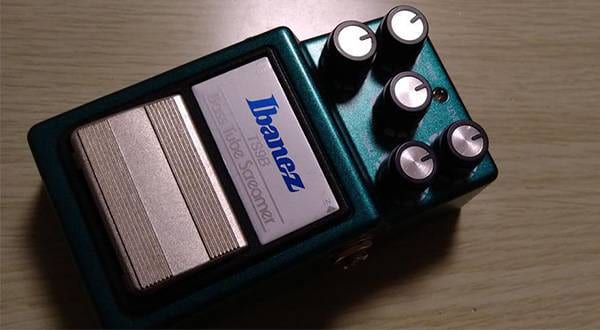

![[Beginner Guitar Talk] How to use the BOSS SD-1 distortion effector](/contents/uploads/thumbs/5/2020/6/20200629_5_10440_1.jpg)
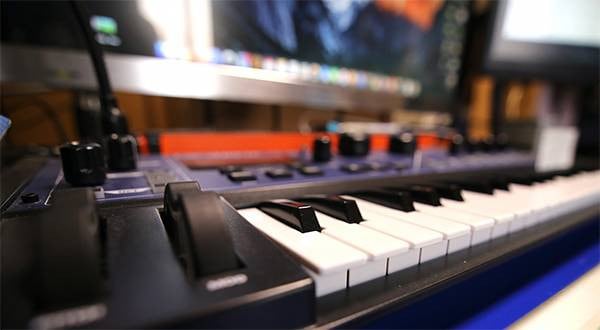
 あなたのエフェクターボード見せてください
あなたのエフェクターボード見せてください
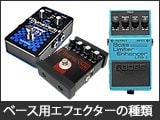 ベース用エフェクターの種類
ベース用エフェクターの種類
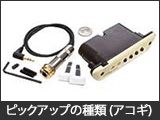 ピックアップの種類(アコースティックギター)
ピックアップの種類(アコースティックギター)
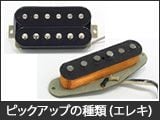 ピックアップの種類(エレキギター)
ピックアップの種類(エレキギター)
 エフェクターのつなぎ方
エフェクターのつなぎ方
 エフェクターの種類
エフェクターの種類















